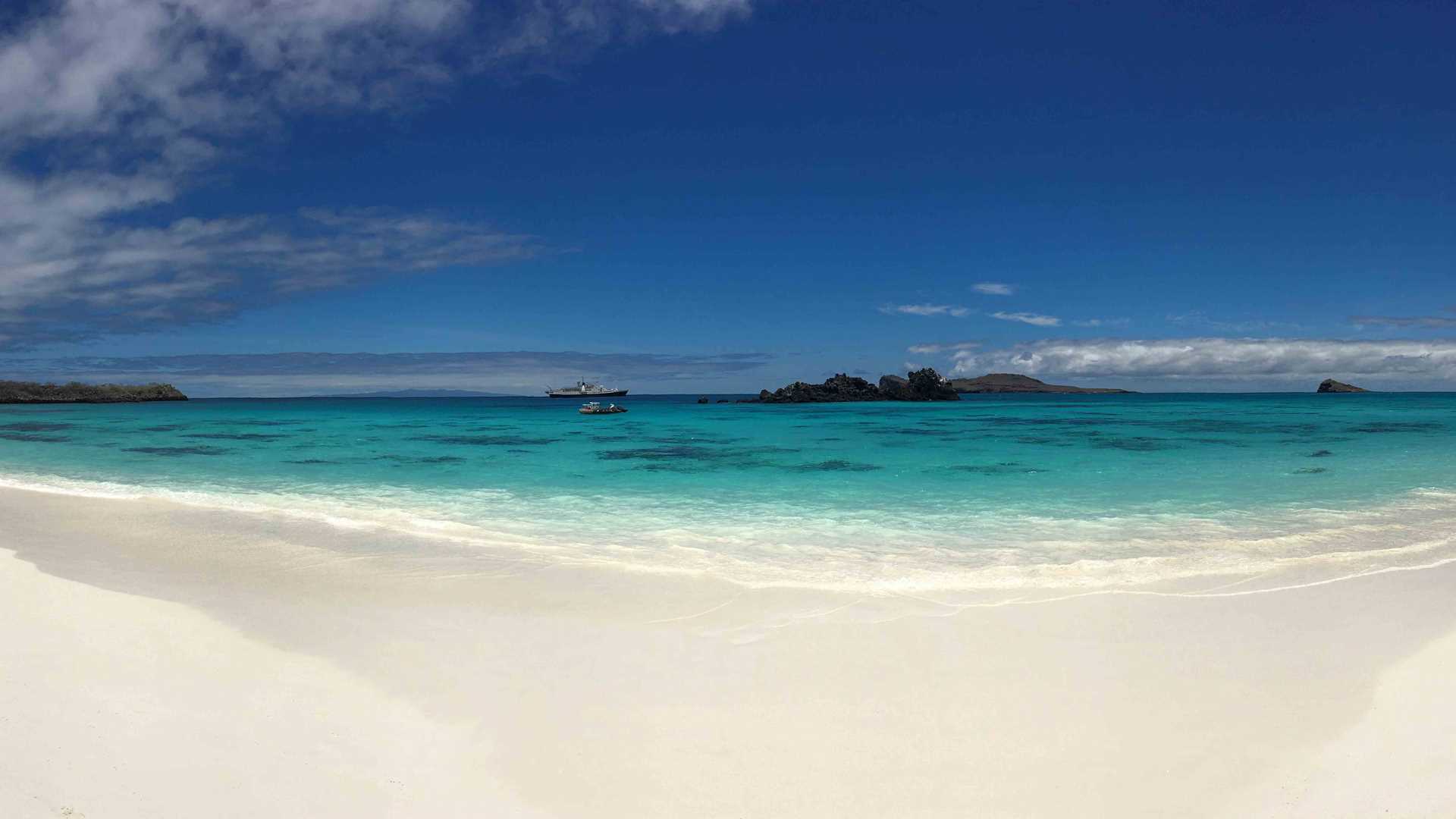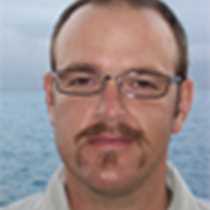To awaken in an otherworldly environment where creatures are curious of us and the sky and sea blend into a turquoise watercolor is incredible. Española is one of our oldest islands in the archipelago allowing time for the development of coralline beaches and shallow surrounding waters. We started our day by exploring the undersea world from the beach and deeper waters surrounding Gardner Islet. Large schools of razor surgeonfish gradually grazed upon the reef as long cornetfish swam among the boulders. A deep wall showed us a kaleidoscope of life with sea urchins, cup coral, and sea anemones covering every centimeter of wall space. Galàpagos sea lion pups showed up to make us feel awkward in the water as they blew bubbles at us and swam graceful loops around us. Eventually we finished our morning at a beautiful white sand beach with Española mockingbirds flitting about and Galàpagos sea lions resting after their long foraging runs. As we returned to the ship for our short navigation a Pacific green sea turtle took a breath of crisp air then dove into the blue.
The last clouds lifted as the bright equatorial sun bathed us in its light and we continued navigation to Suarez Point. On the west coast of Española, you’ll find one of the densest regions of life here in Galàpagos. As we landed in the afternoon on a broken-up basalt flow we had to at times step over Española lava lizards and the occasional marine iguana as they warmed themselves into the afternoon. Passing a few small beaches, we heard a chorus of recently born sea lions make noise as they searched for their returning mothers. Numerous pups were nursing as we learned that this is peak pupping season and the rich fisheries of the cool season have arrived to provide for these marine mammals. Heading to the southern cliffs there was a soundtrack of life as Nazca boobies and red-billed tropicbirds flew overhead. Walking among the waved albatross’ colony and seeing this endemic species that is not only distinctive to Galàpagos but also only to this island is rewarding. The southern cliffs are the last land here in Galàpagos before a challenging, open Pacific Ocean awaits this pelagic species. As the sun dipped into the horizon a pair of Galàpagos hawks appeared to float upon the winds watching for their sustenance. We are privileged to see through this window into life among some of the most unique organisms on earth.







